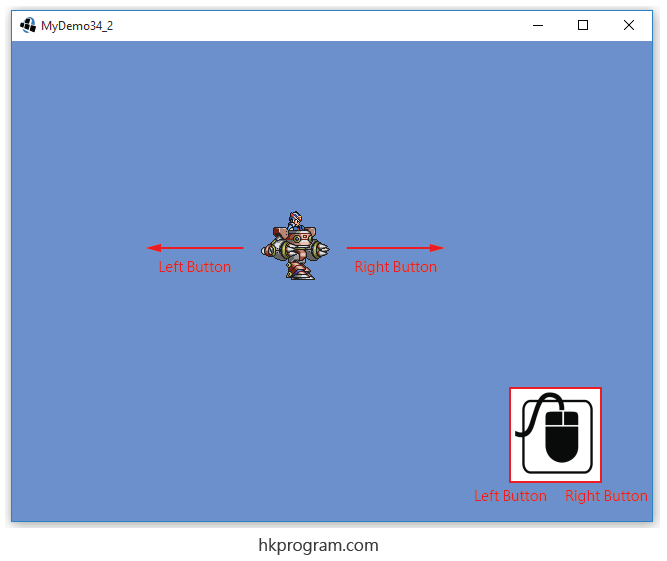
Use the following to convert from screen to game: Camera. Touches and mouse clicks are based on the screen co-ordinates when pressed, this means they don’t translate directly into the game. This has been tested with libGDX 1.6.2, but should work in versions back to at least 1.4.x. The following class can be used in a libGDX project as a framework for your own orthographic camera controller. Input listeners are registered with LibGdx by using the following: (classThatImplementsIputProcessor) Example libGDX orthographic camera controller. In the methods that are overridden using true will catch the event to allow it to be used, and implies the input as handled. InputMultiplexer im new InputMultiplexer() GestureDetector gd new GestureDetector(this) im.addProcessor(gd) im.addProcessor(this) (im) Essentially you create the multiplexer, then add both the InputProcessor and the GestureDetector to it via addProcessor(), then it is the multiplexer that is passed to setInputProcessor(). In general the way to create an input handler is to create a class that implements InputProcessor. analogue stick controls, the latter is necessary if UI elements such as buttons are involved, as these rely on event sequences such as touch down/touch up.Īll of the input facilities are accessed via the Input module.All games need input right, here are some notes on the finicky bits of input handlers. I tried and set it up to change screen on screentap on phone, or when space is pressed in pc, but the game doesn't respond in any way at all.

The former is sufficient for many arcade games, e.g. just wondered how you chang screens in libgdx (screen implements screen). Mouse and touch screens are treated as being the same, with mice lacking multi-touch support (they will only report a single “finger”) and touch-screens lacking button support (they will only report “left button” presses).ĭepending on the input device, one can either poll the state of a device periodically, or register a listener that will receive input events in chronological order. LibGDX abstract all these different input devices. Within the Show method we set the input processor to the Screens stage.
#INPUT SCREENX SCREENY LIBGDX HOW TO#
The method touchDown() returns Example The following code shows how to use InputMultiplexer from.
#INPUT SCREENX SCREENY LIBGDX ANDROID#
All (compatible) Android devices also feature an accelerometer and sometimes even a compass (magnetic field sensor). param screenX The x coordinate, origin is in the upper left corner param screenY The y coordinate, origin is in the upper left corner param pointer the pointer for the event. Objective Shows how to use create Screens and switch from one Screen to the. int screenX-int screenY-int pointer-int button-Return.

On Android, the mouse is replaced with a (capacitive) touch screen, and a hardware keyboard is often missing. current pointer location and the last pointer location on X axis float x Gdx.input.

The same is true for browser based games. Override public boolean touchDragged(int screenX, int screenY. On the desktop users can talk to your application via the keyboard and a mouse. Create the main game screen class MissleCommandGameScreen. Different platforms have different input facilities.


 0 kommentar(er)
0 kommentar(er)
